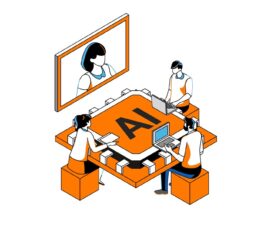How could quantum computing help in the fight against climate change?
Managing the intermittency of renewable energies
Quantum computing should speed up machine learning, thus enabling electricity providers to include more variables and predict the availability of intermittent renewable energy sources.
Quantum optimization algorithms could be used to identify the best spots for installing solar power plants or wind farms according to sun or wind sites.
They could also be used to optimize the position of wind turbines within wind farms so as to limit wake effects.
Discovering new materials for capturing CO2
The capabilities provided for modeling and simulation in physics and chemistry could help to identify economically viable and sustainable processes for trapping and enhancing CO2.
Total and Cambridge Quantum Computing are developing quantum algorithms that make it possible to simulate the chemical and physical properties of various adsorbents in order to select the best candidates.
Accompanying electric mobility
EDF is looking into quantum computing so as to develop algorithms for optimizing the management of its EV charging station infrastructure.
The idea is to roll out smart charging based on modeling all the stations as well as demand so as to better size the electricity available at each moment in time.
Developing the next generation of batteries
Researchers at Daimler and IBM are hoping that quantum computers will help them design a new generation of batteries that are better performing and more sustainable than lithium-ion batteries.
They have used a quantum computer to understand the chemical phenomena taking place inside a lithium-sulfur battery when it is working and have managed to simulate the fundamental state and dipole moment of several molecules.










